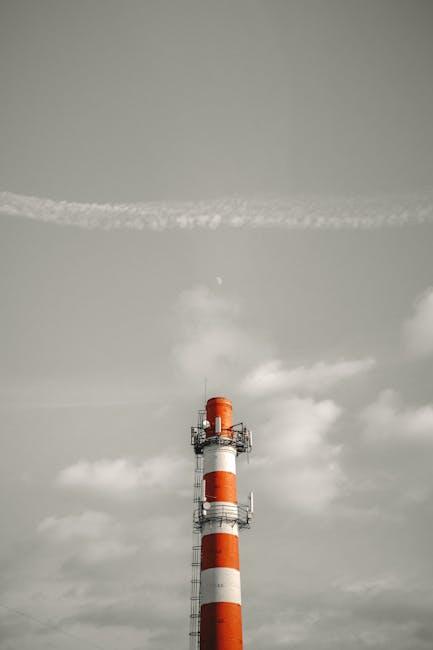In the dance between sunlight and skin, an invisible player often takes center stage—ultraviolet (UV) rays. Like a masterful artist, these rays have the power to alter the very canvas of our skin, painting a picture that can range from a sun-kissed glow to something far more sinister. As we bask in the warmth of the sun, it’s easy to overlook the silent transformation taking place beneath the surface. But understanding how UV rays work their magic—and their mischief—is crucial for anyone who steps into the light. In this explainer, we delve into the science behind UV-induced skin damage, unraveling the mysteries of how these rays interact with our skin, and why this celestial ballet demands both respect and caution.
Understanding the Science Behind UV Radiation and Skin Damage

When the sun bathes us in its warm glow, it also sends invisible rays that have a profound impact on our skin. These rays, known as ultraviolet (UV) radiation, are divided into three types: UVA, UVB, and UVC. While UVC is mostly absorbed by the Earth’s atmosphere and doesn’t reach us, UVA and UVB rays penetrate our skin, leading to both immediate and long-term damage. The science behind this is rooted in the interaction between these rays and our skin cells.
- UVA Rays: These penetrate deep into the skin, reaching the dermis. They are responsible for premature aging, causing wrinkles and sunspots due to their ability to break down collagen and elastin fibers.
- UVB Rays: Primarily affect the outer layer of the skin, the epidermis. They are the main culprits behind sunburns and play a significant role in developing skin cancer by directly damaging the DNA in skin cells.
Once UV radiation penetrates the skin, it creates free radicals and causes oxidative stress, which disrupts normal cell function. This can lead to mutations and the formation of abnormal cells, paving the way for skin conditions and diseases. Understanding these processes highlights the importance of protective measures such as sunscreen, clothing, and seeking shade to shield our skin from these invisible, yet potent, rays.
The Role of UVA and UVB Rays in Accelerating Skin Aging and Cancer Risk

Ultraviolet rays, particularly UVA and UVB, play a significant role in skin aging and cancer risk. UVA rays penetrate the skin more deeply, leading to premature aging. They damage collagen and elastin fibers, resulting in wrinkles and sagging. UVB rays, while less penetrating, are more energetic and primarily responsible for sunburns. Both types of rays contribute to the risk of skin cancer by causing DNA damage within skin cells.
The distinction between UVA and UVB rays is crucial for understanding their effects on the skin:
- UVA: Long-wave rays, penetrate deep, cause aging.
- UVB: Short-wave rays, affect the surface, cause burns.
Despite their differences, both UVA and UVB rays are harmful and necessitate comprehensive sun protection strategies. Utilizing broad-spectrum sunscreen, wearing protective clothing, and seeking shade are essential measures to minimize exposure and safeguard skin health.
Expert-Backed Strategies for Effective Sun Protection and Skin Health Maintenance

Understanding how UV rays impact the skin is crucial for maintaining skin health and effectively protecting against sun damage. Ultraviolet (UV) radiation, primarily from the sun, penetrates the skin layers, causing a range of effects from superficial burns to deep cellular changes. There are two main types of UV rays that affect the skin: UVA and UVB. UVA rays, which account for 95% of UV radiation reaching the Earth’s surface, penetrate deeply into the skin, contributing to premature aging and long-term damage such as wrinkles and sunspots. On the other hand, UVB rays primarily affect the outer skin layer and are the main cause of sunburns and direct DNA damage, leading to skin cancer.
To protect your skin effectively, consider these expert-backed strategies:
- Broad-Spectrum Sunscreen: Use a broad-spectrum sunscreen with at least SPF 30 to protect against both UVA and UVB rays.
- Protective Clothing: Wear hats, sunglasses, and long-sleeved clothing designed to block UV rays.
- Seek Shade: Limit direct sun exposure, especially between 10 a.m. and 4 p.m. when UV radiation is strongest.
- Regular Skin Checks: Perform regular self-examinations and consult a dermatologist for annual skin checks.
Implementing these strategies not only reduces the risk of skin cancer but also preserves the skin’s youthful appearance by preventing photoaging. Prioritize your skin’s health by staying informed and proactive about sun protection.


